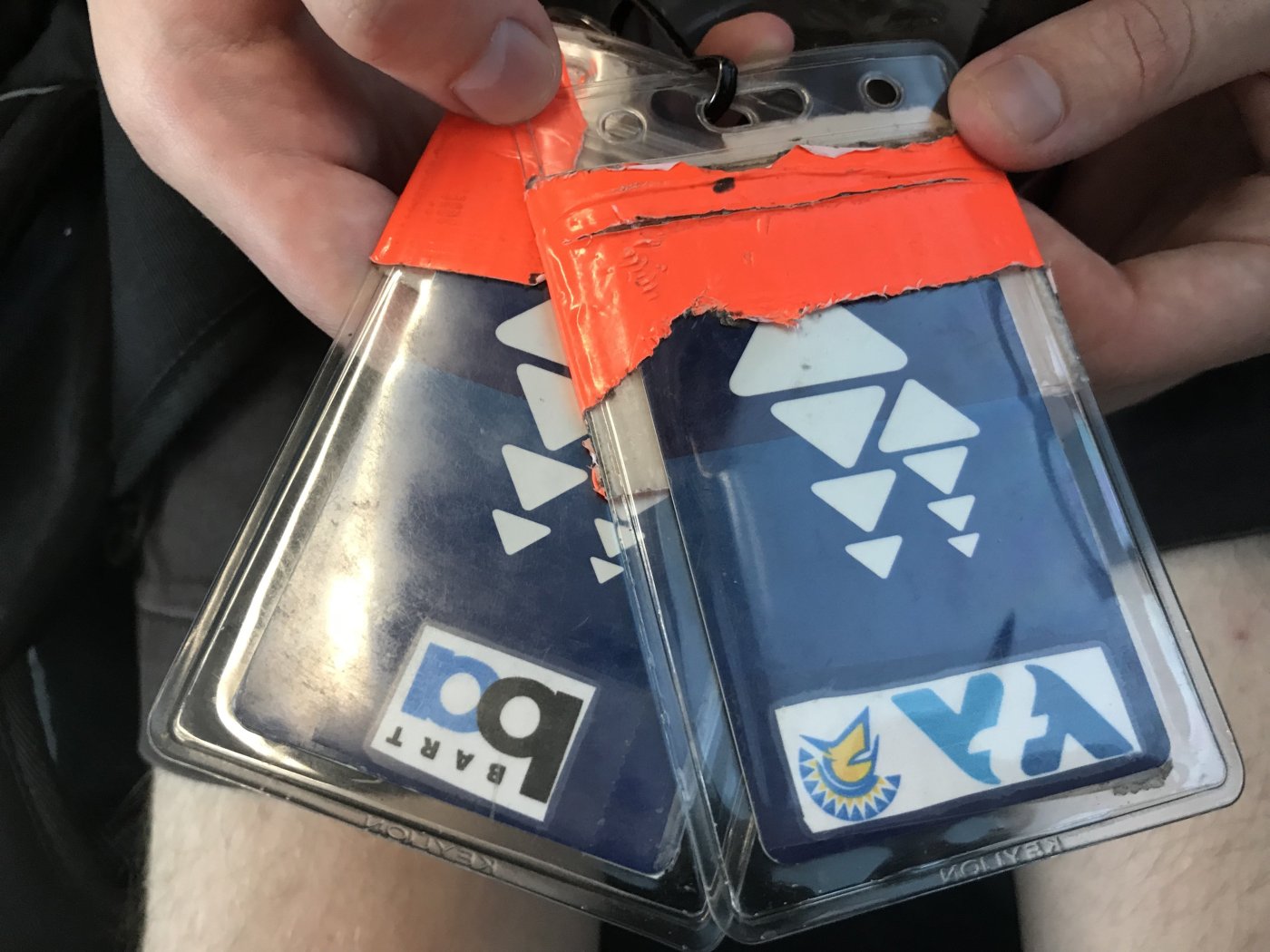
Many public transit riders across the Bay Area were supposed to see increased fare rates Tuesday. Instead, a Clipper Card system crash resulted in free rides for those on their morning commute.
Beginning Tuesday, the cost to ride trains and buses across the Bay Area was meant to increase by 25 cents for Caltrain, Golden Gate Ferry and Golden Gate Transit and AC Transit, and 10 cents for Muni.
The fare hikes are intended to boost revenue for the financially struggling transit agencies, which have seen a pandemic-era dip in ridership not recover while costs have grown for improvements and daily operation.
“There is never a good time to have a problem like this one,” said Metropolitan Transportation Commission spokesperson John Goodwin. “Given the revenue environment facing so many of the Bay Area transit agencies, this is an especially inopportune time.”
It’s still unclear what exactly caused the glitch Tuesday morning but Goodwin said the presumption is that the inputting the new fares into the Clipper Card system, which is managed by the San Diego based firm Cubic Corporation, may be linked to the issue.
Goodwin said he was first made aware of the glitch about 5 a.m. Tuesday but that it’s possible transit employees noticed the issue earlier. Cubic Corporation said they had tested and successfully rolled out a fix by about 10:30 a.m. across the BART, AC Transit and Golden Gate Ferry systems.
Related Articles
Golden Gate Bridge tolls, fares increase today
BART improves in safety, cleanliness and satisfaction, yet ridership recovery remains slow
Oakland is making progress filling potholes, but injury lawsuits keep piling up
East Bay official wants new Richmond-San Rafael Bridge
NTSB set to meet on door plug investigation of terrifying California-bound Alaska Airlines flight
Other systemwide glitches have occurred in the past but Goodwin said nothing similar to this level. Goodwin was unable to estimate exactly how much revenue was lost during the glitch but Tuesdays, Wednesdays and Thursdays are typically the highest days for ridership, he said.
“It raises questions about how the transit agencies will be reimbursed for that lost revenue,” Goodwin said.
While the Clipper Card system was down, Goodwin said each transit agency appeared to independently make the same decision to continue running without charging riders. Signs were taped over Clipper Card readers, gates left open, and transit employees waved people in, encouraging them to catch their bus or train.
Those commuting home from work should expect to pay their fare home for the afternoon ride, Goodwin said.